How Hong Kong Academy Students Created their Own App & Map for Sai Kung
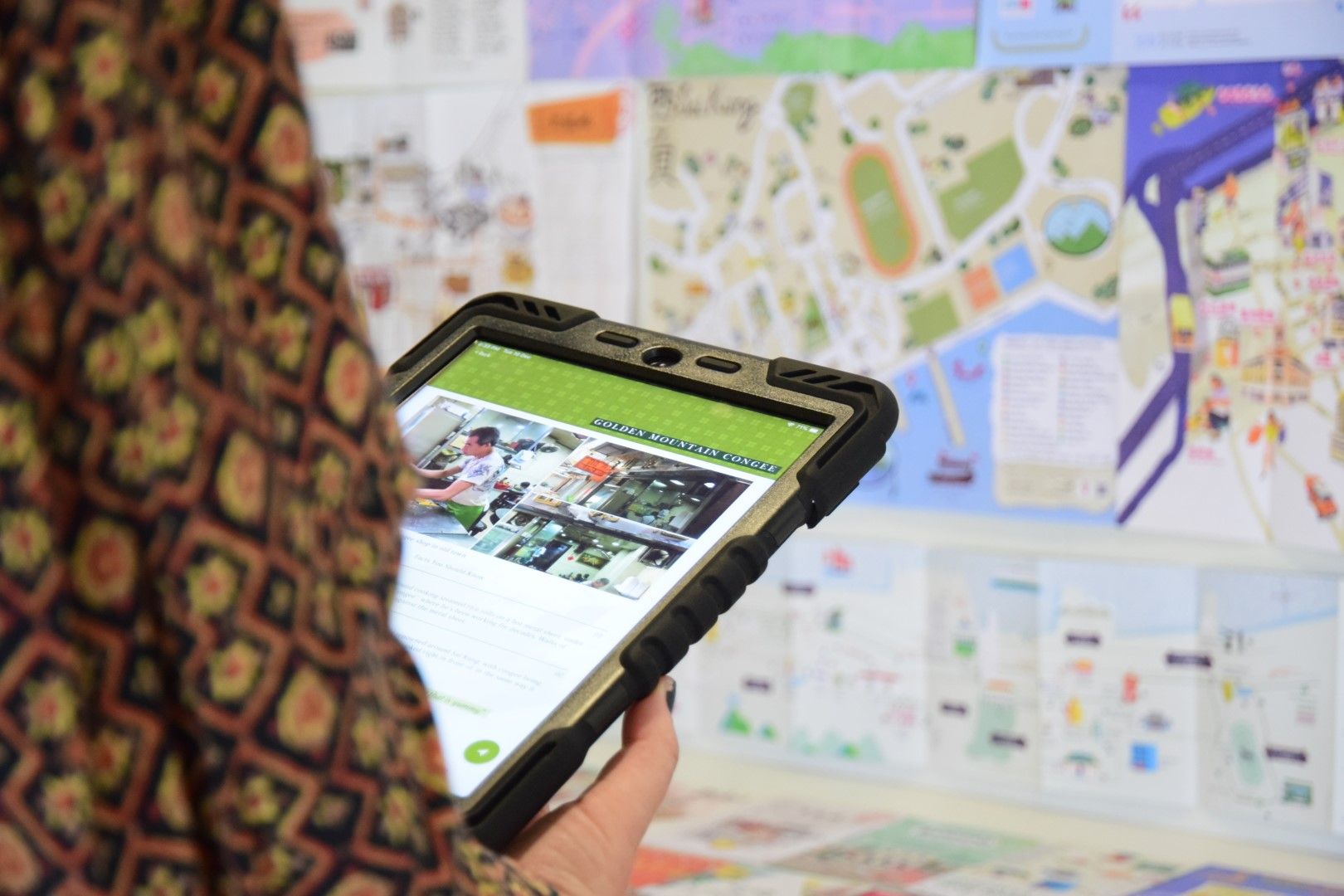
Hong Kong Academy is not just another school. This IB school in the picturesque Sai Kung suburb in Hong Kong has a personal, individualised approach to education and is home to a close-knit community. Every Wednesday students don’t go to their normal classes, instead, they work on ‘passion projects’ with students from different grades and teachers from different disciplines that share a common interest. For a period of eight weeks, they dive deep into a subject and have the opportunity to apply their knowledge in a real-life scenario such as: design your own clothes, build your own computers or create a live puppet theatre performance.
The school also collaborates with local NGOs to initiate projects that benefit the community. One of the projects this year was a cultural mapping project with iDiscover, where a group of 16 students created a community map for Sai Kung old town through a step-by-step approach involving games, site surveys, interviews, photography, creative writing and design.


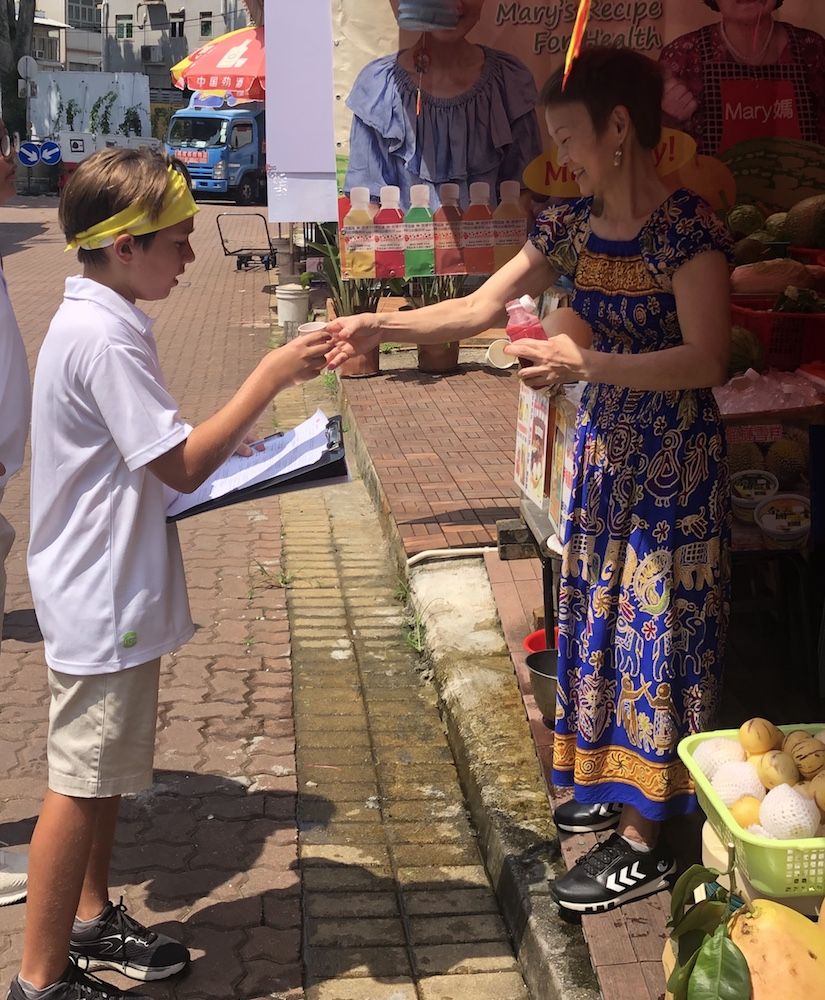
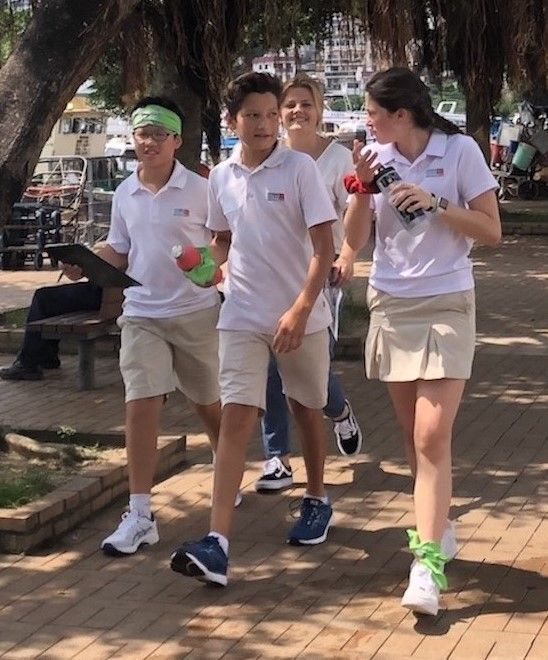
The point of iDiscover is preserving culture, but also you investing and understanding and learning the culture and history, because then you take ownership of it.
The iDiscover team worked hand in hand with Hong Kong Academy teachers to guide the group of 15 students through their creative process from ideation to concept development and then the final product. They acted as mentors using a 6-step methodology with clearly structured assignments that required specific skills and content input from students and also included collaboration and reflection. The programme was very much student-led; they were encouraged to follow their own interests in order to research, gather and organise the necessary materials. They spent time as much time outside the classroom exploring and interviewing as they did inside, processing the information they found. In the end, it all came together in the final product: an illustrated map with a self-guided walking trail through Sai Kung old town.
1. REVEAL . Neighbourhood Narrative
The project started with a fun scavenger hunt around Sai Kung old town to rediscover the neighbourhood, get everybody on the same page and create some excitement. In teams of four, the students raced through the town, solving clues and trying local food and drinks to earn points. Back in the classroom, they talked about what makes Sai Kung old town unique. They jointly defined the DNA of the place and arrived at a joint neighbourhood narrative. Originally a fishing village, Sai Kung is home to many seafood restaurants, speciality shops and a unique laid-back atmosphere that makes it very different from other Hong Kong suburbs. The old town is also surrounded by nature parks with abundant wildlife and even cows freely roaming the streets.
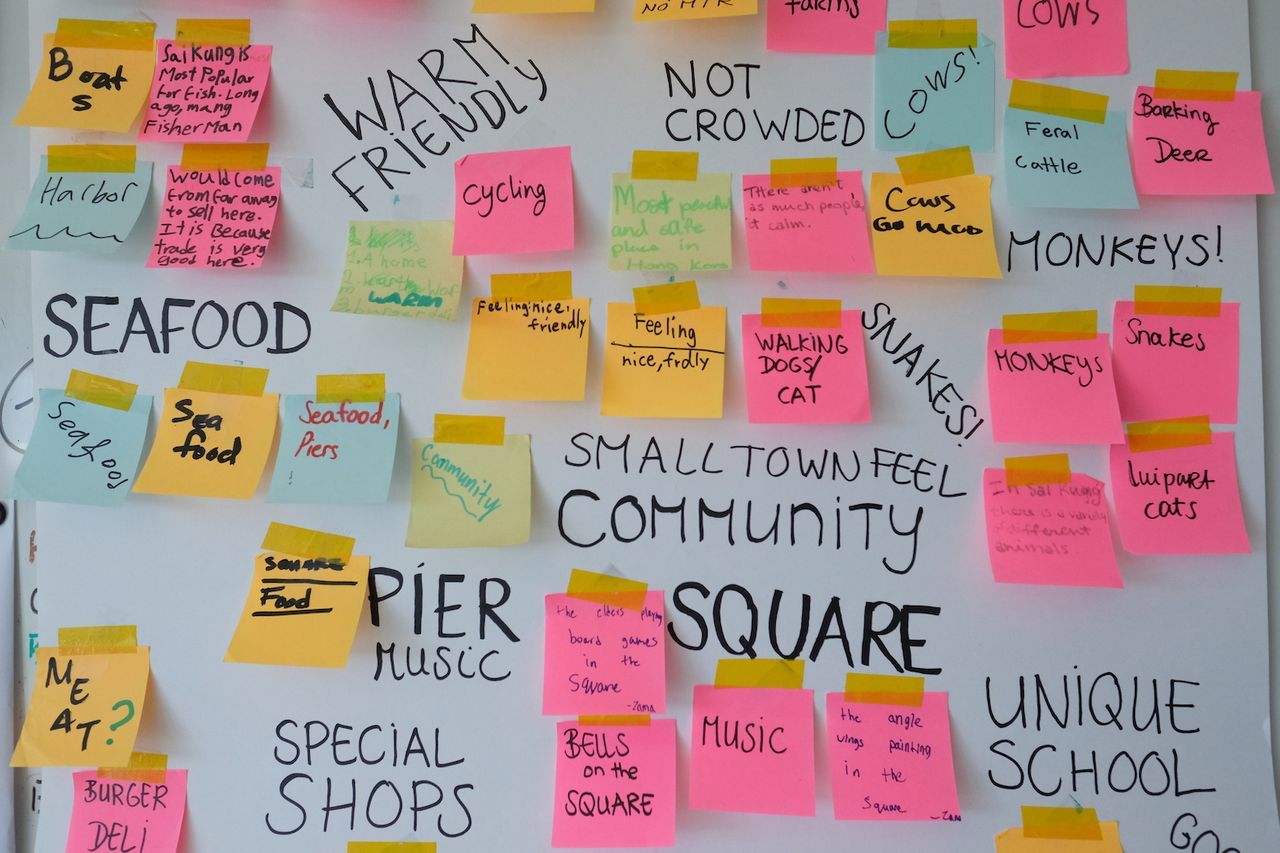
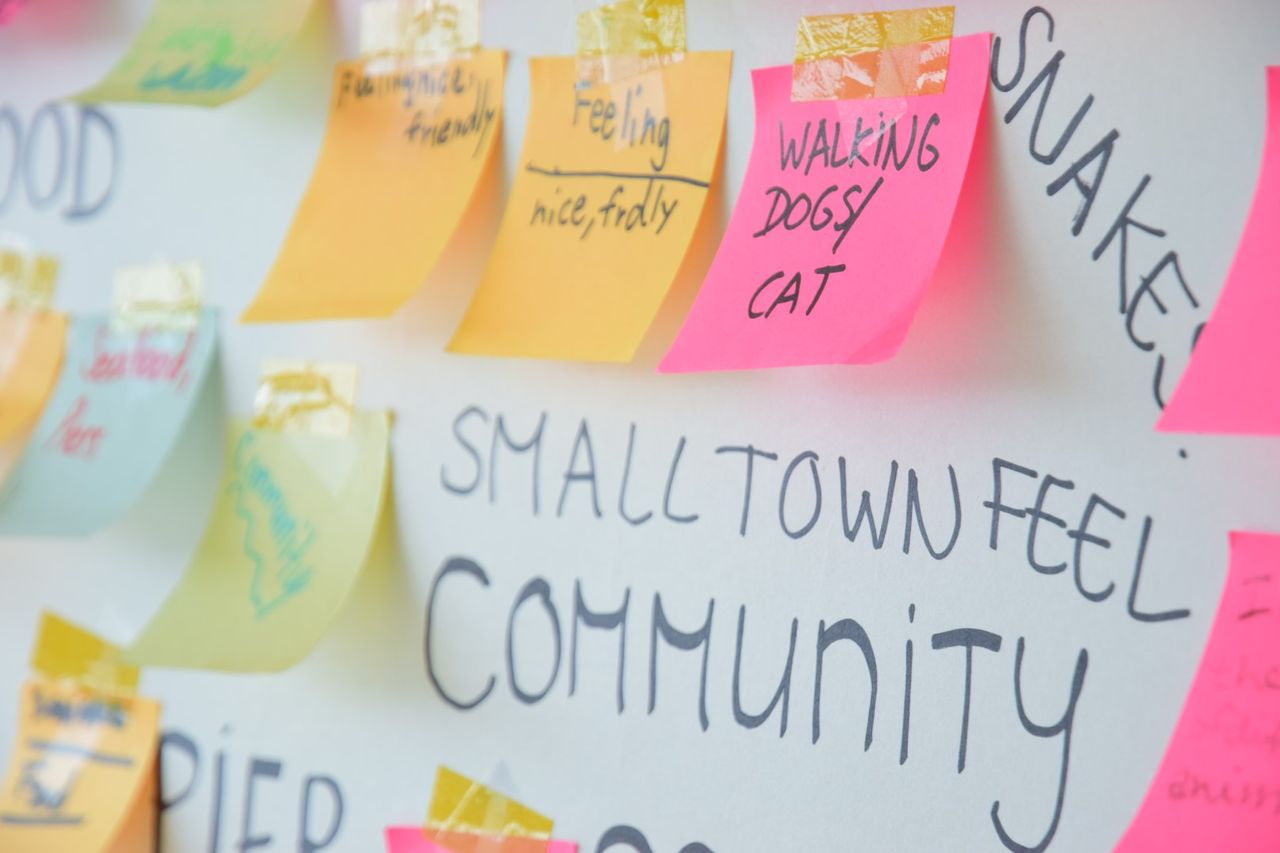

I liked interacting with the people who live here. You got to ask about the history of Sai Kung, how long they’ve lived here and what they’ve experienced here.
2. MAP . Places that Matter
During the map step, the students followed the narrative and set out to identify the places that make Sai Kung special. They grouped places in different categories: iSee, iShop, iDrink, iEat and Surprise and put them on a map. Next, they went out onto the streets to ask locals which places matter to them. The students also met with a guest lecturer and social worker who grew up in Sai Kung and gave them insights into the history and community and sparked their curiosity. In the end, there were nearly 50 sites under consideration and with space for only 25, there were passionate views exchanged. A ranking exercise helped them to collectively decide on the 25 most unique character-defining restaurants, cafes, shops and spots in town.
If we don't map it together it would only be one person’s opinion, but having a lot of different people’s opinions together actually shows what Sai Kung really is.
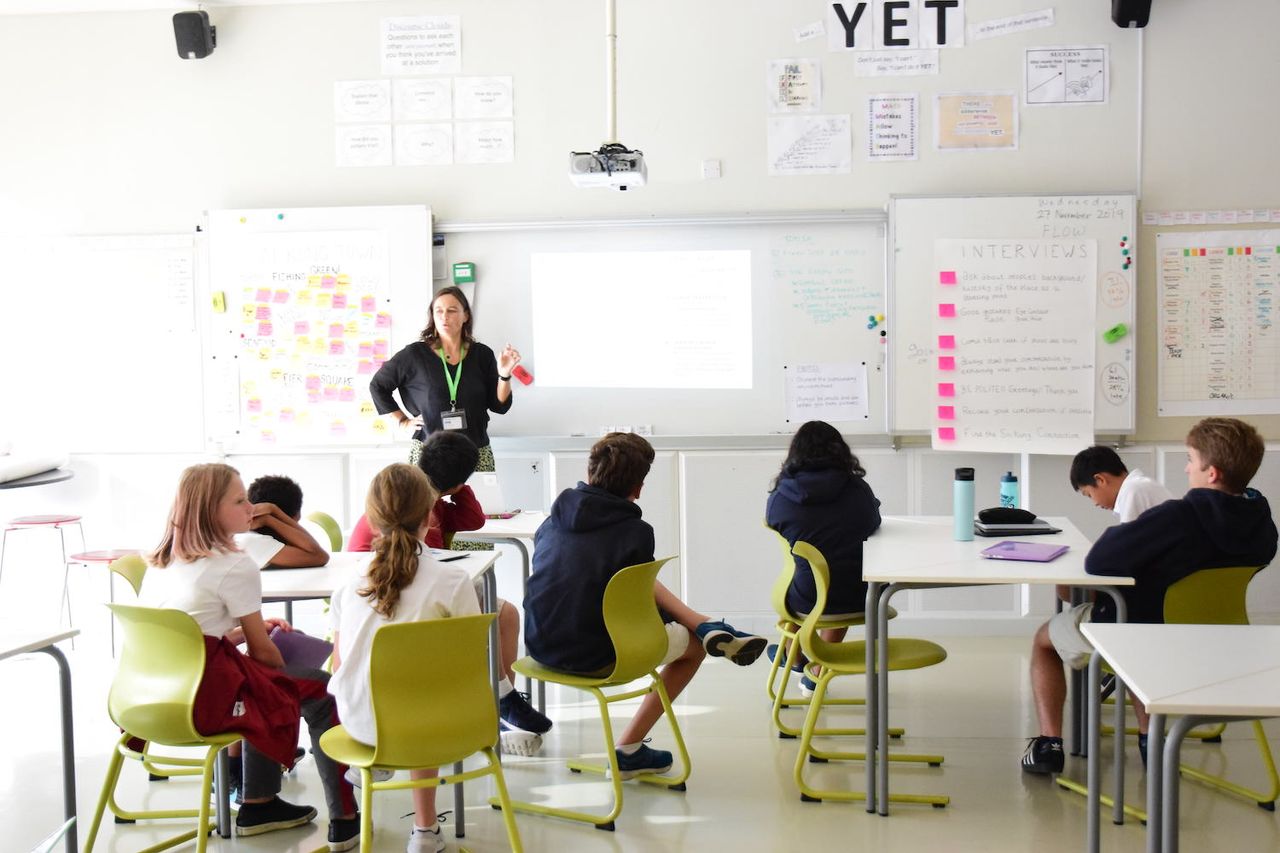
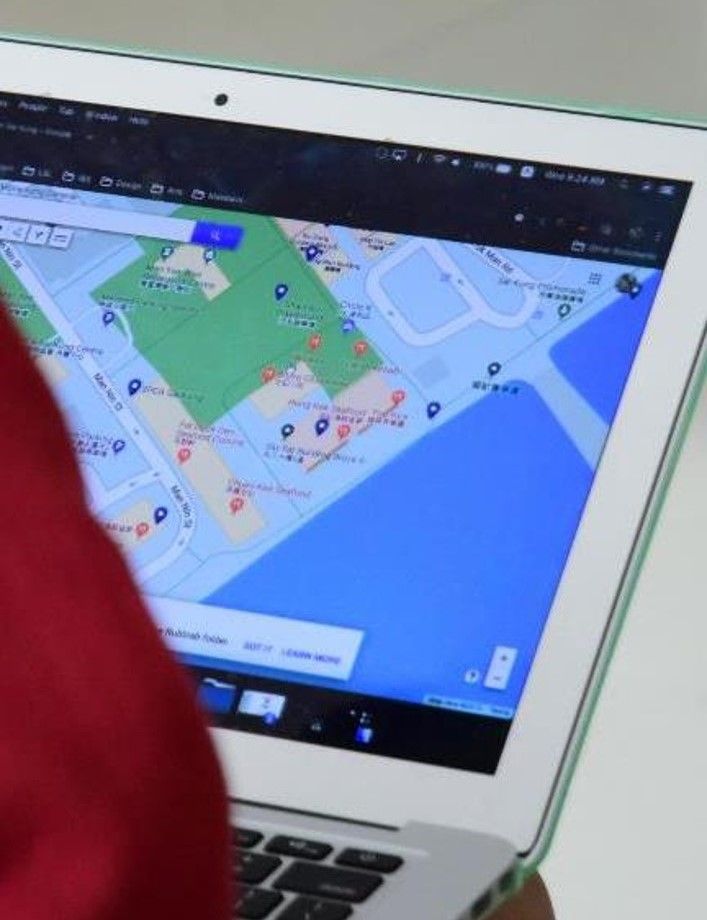
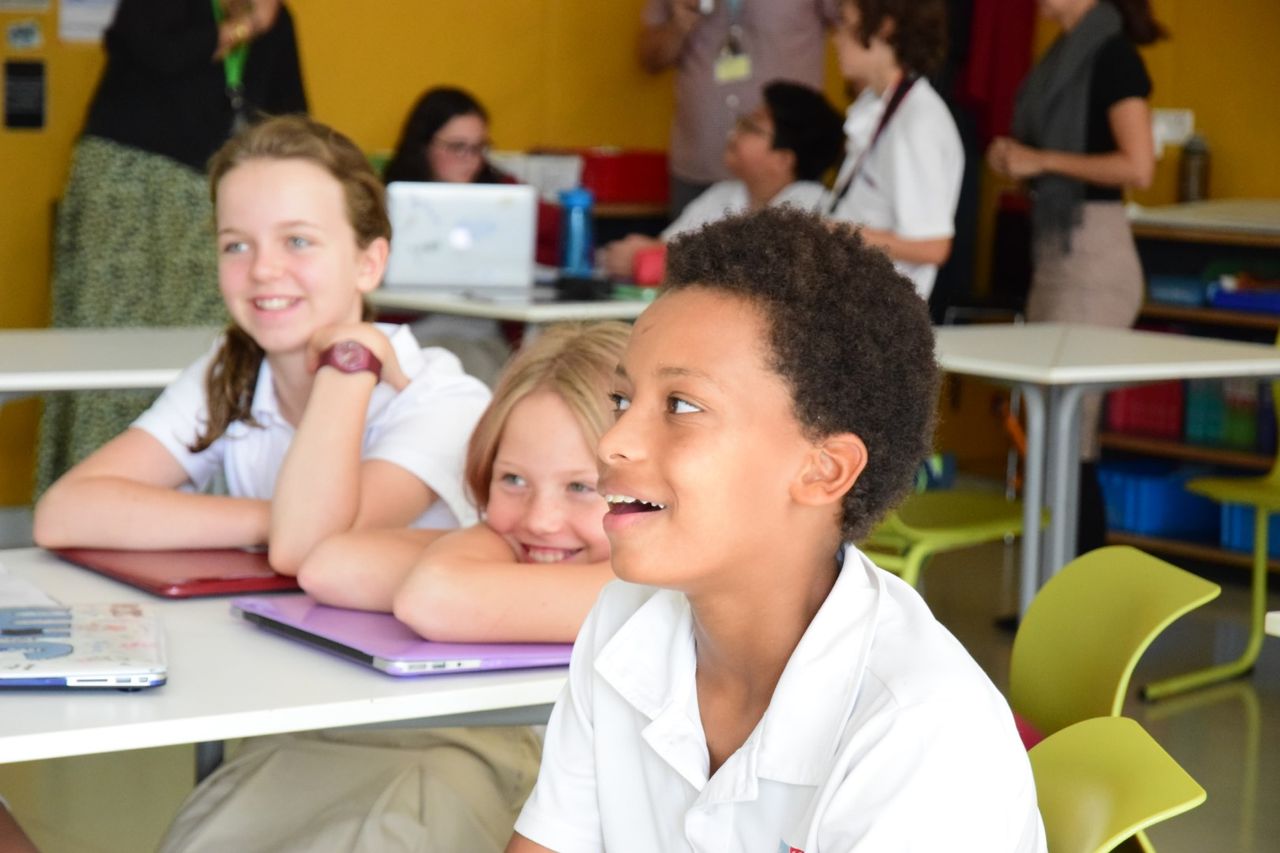
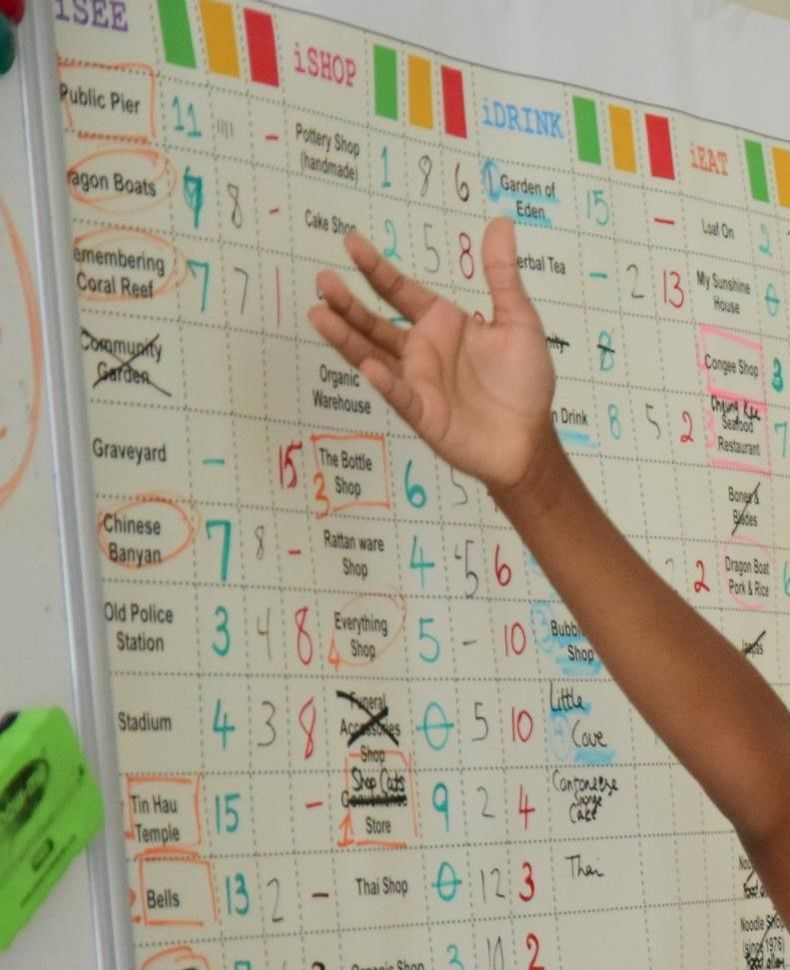
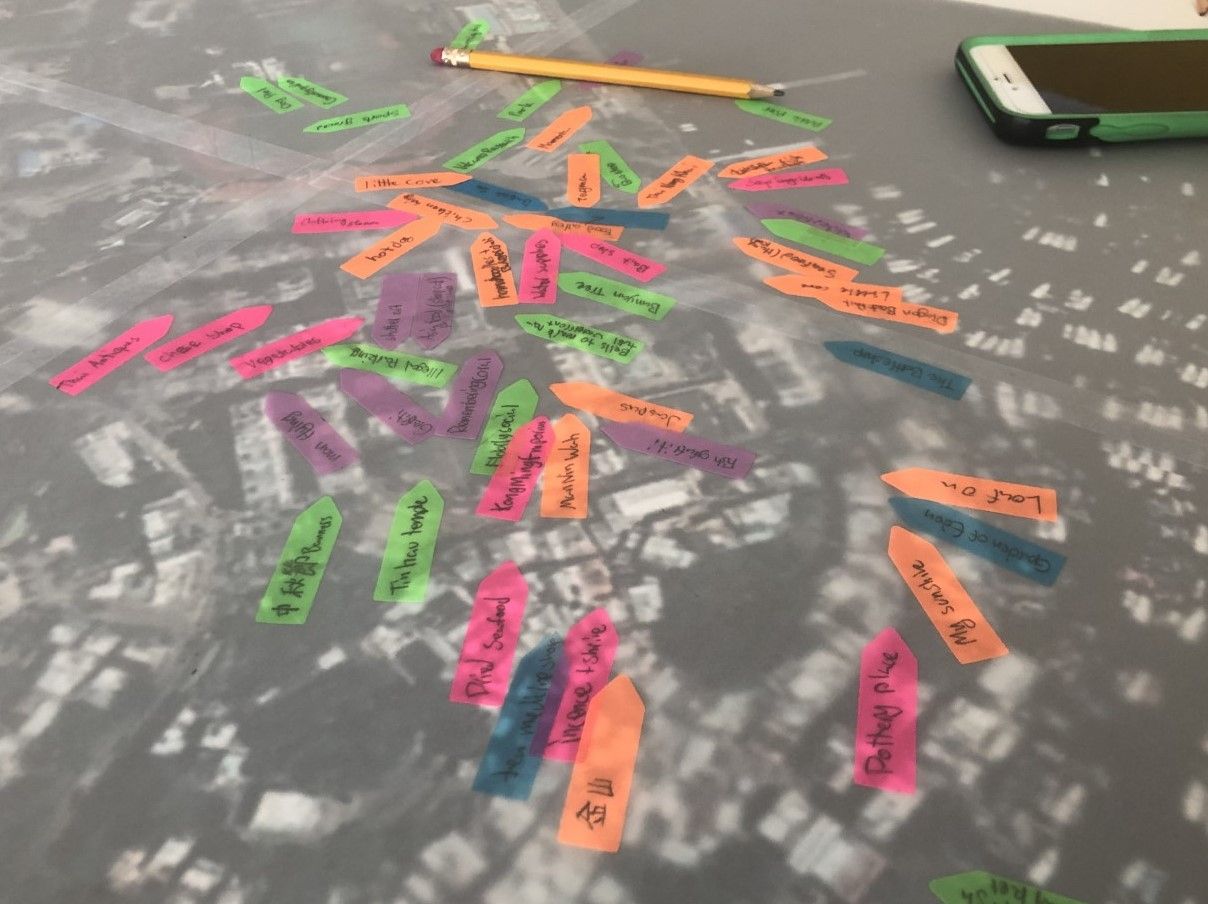
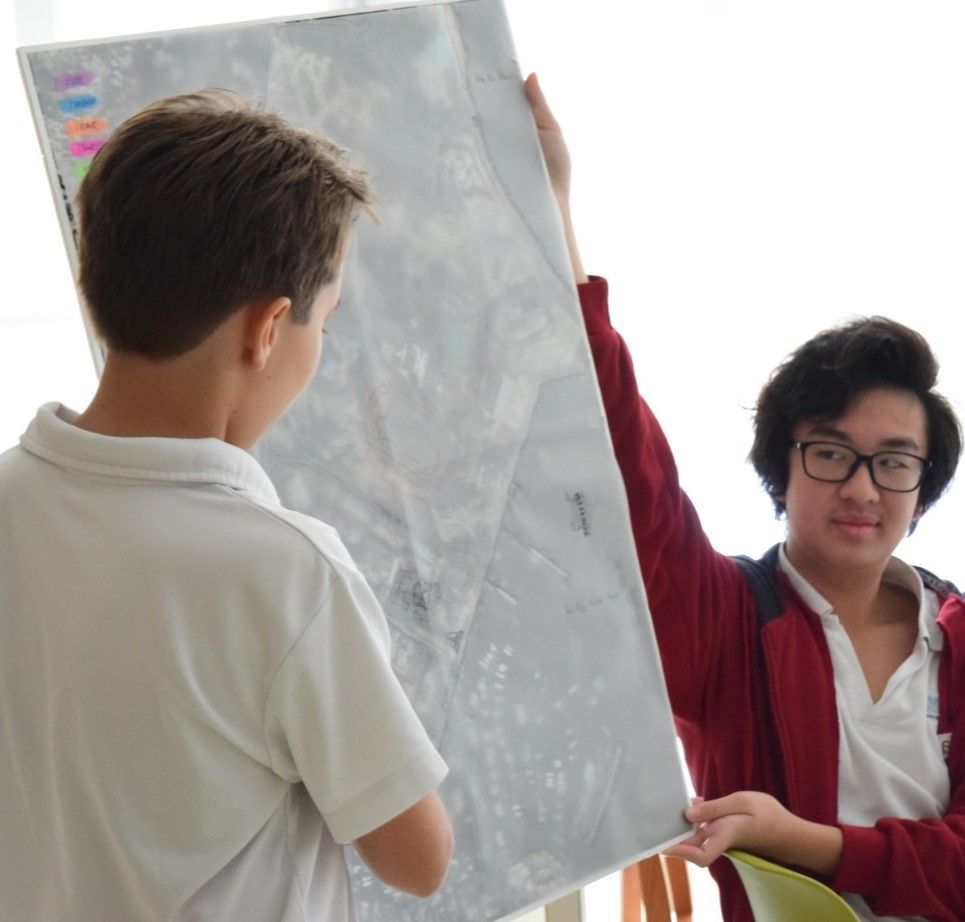
It was super self-led and we had lots of freedom.
3. FIND . Unique Local Stories
Time to dive deeper. Students were tasked with finding stories on each of the 25 places. In small teams they searched online, looked through books, and went out to visit the selected restaurants, shops and other points of interest. Each team member contributed with their skill of choice: research, interviewing, photography and film to tell the stories of place. Reflecting on output was a big part of this step, with the mentors helping them to constantly refine their process and approach to interviewing and go back to gather better information. For many students, the first time to actually have a conversation with people in the community they see on a daily basis, like the proprietors of their favourite noodle shop and the old ladies at the town square.
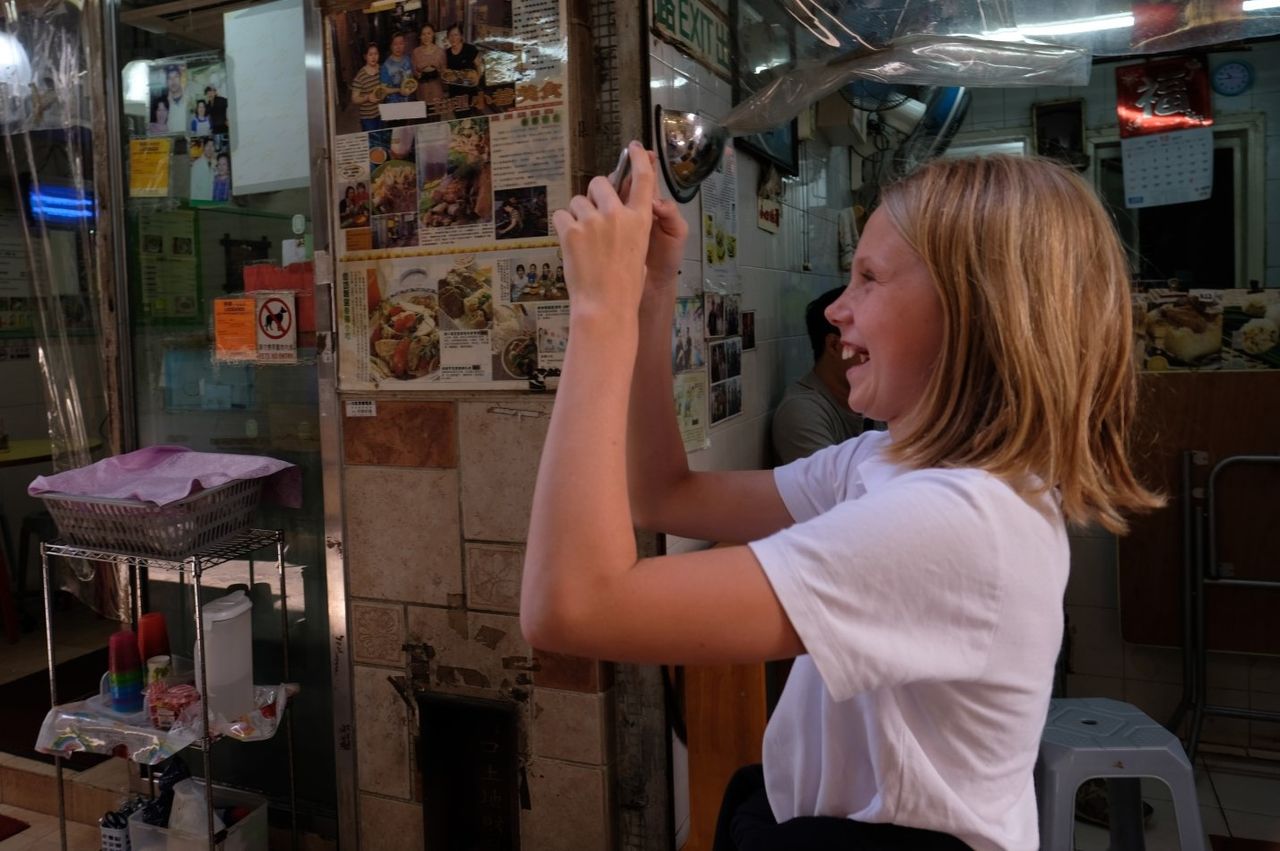
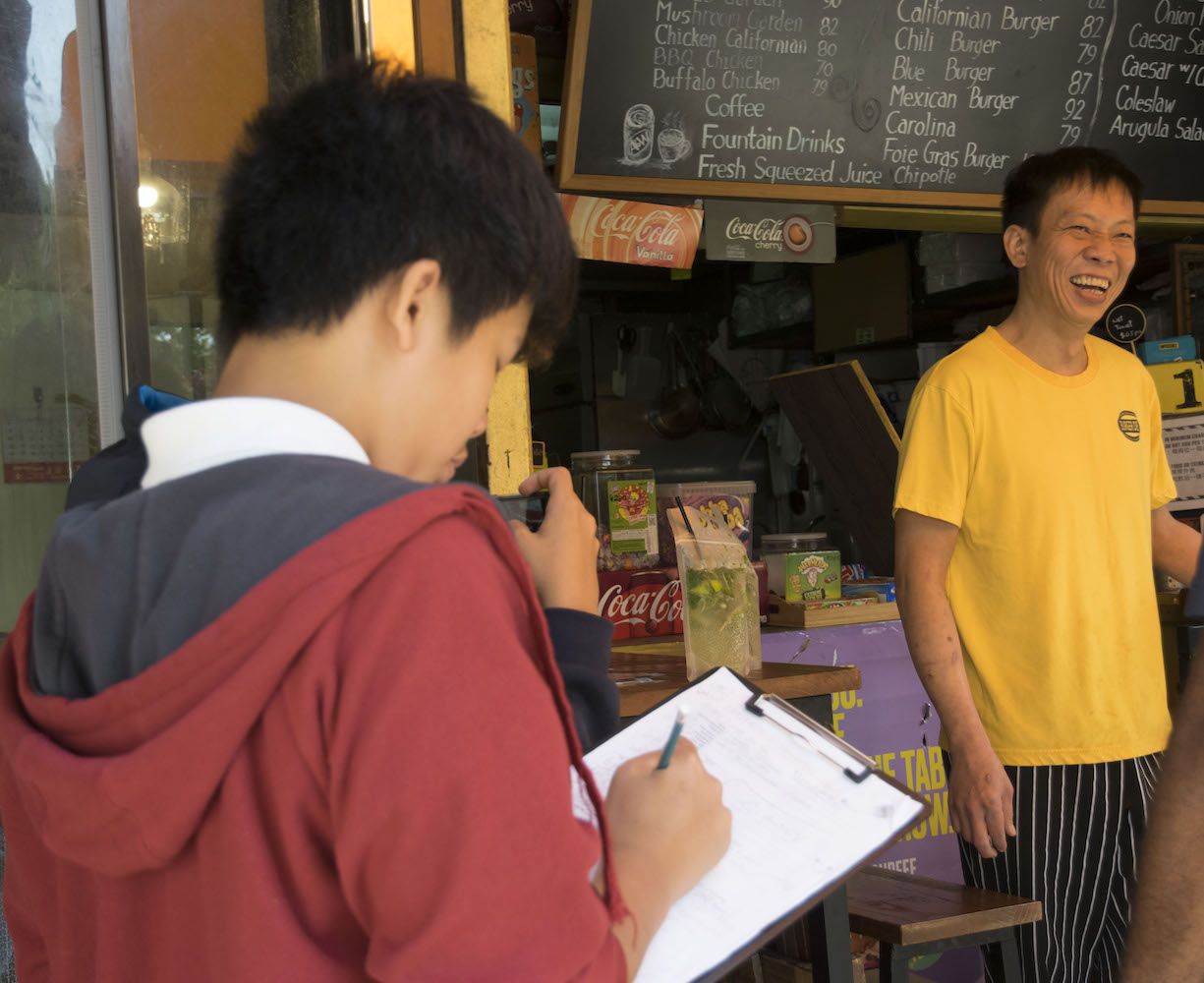
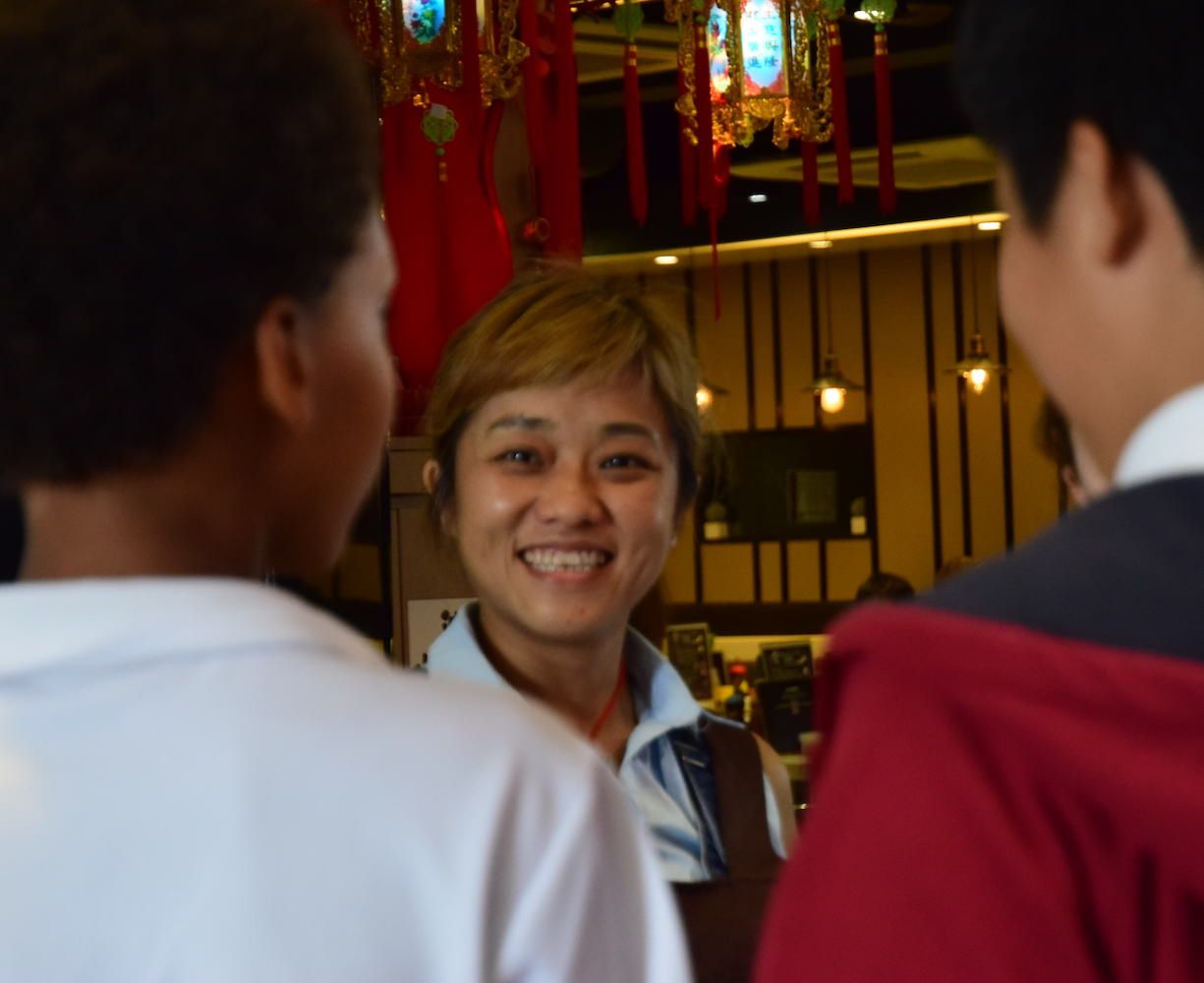
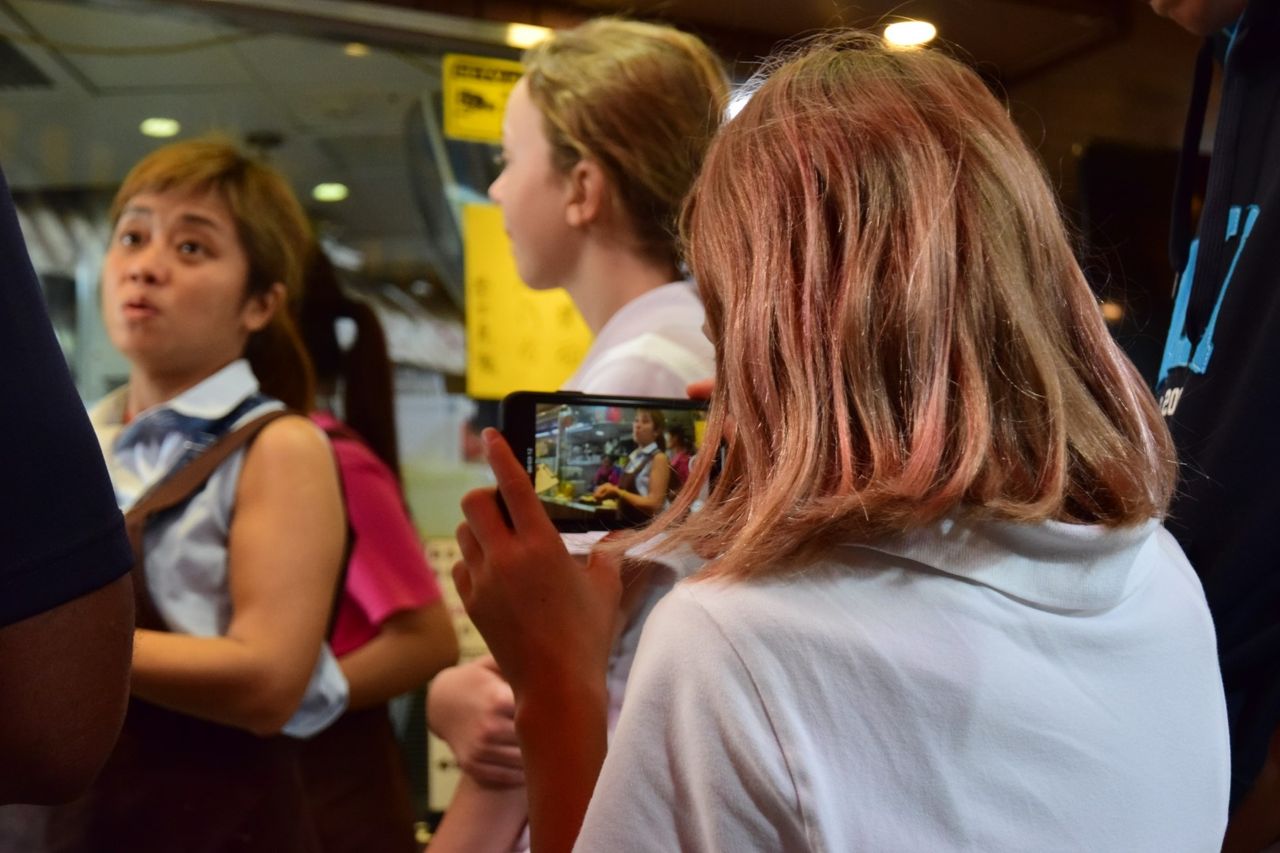
I’ve lived in Sai Kung nearly my entire life, but I’ve never really gotten to know the locals or the people. It’s been really interesting to hear about their stories.
4. CREATE . Content worth Sharing
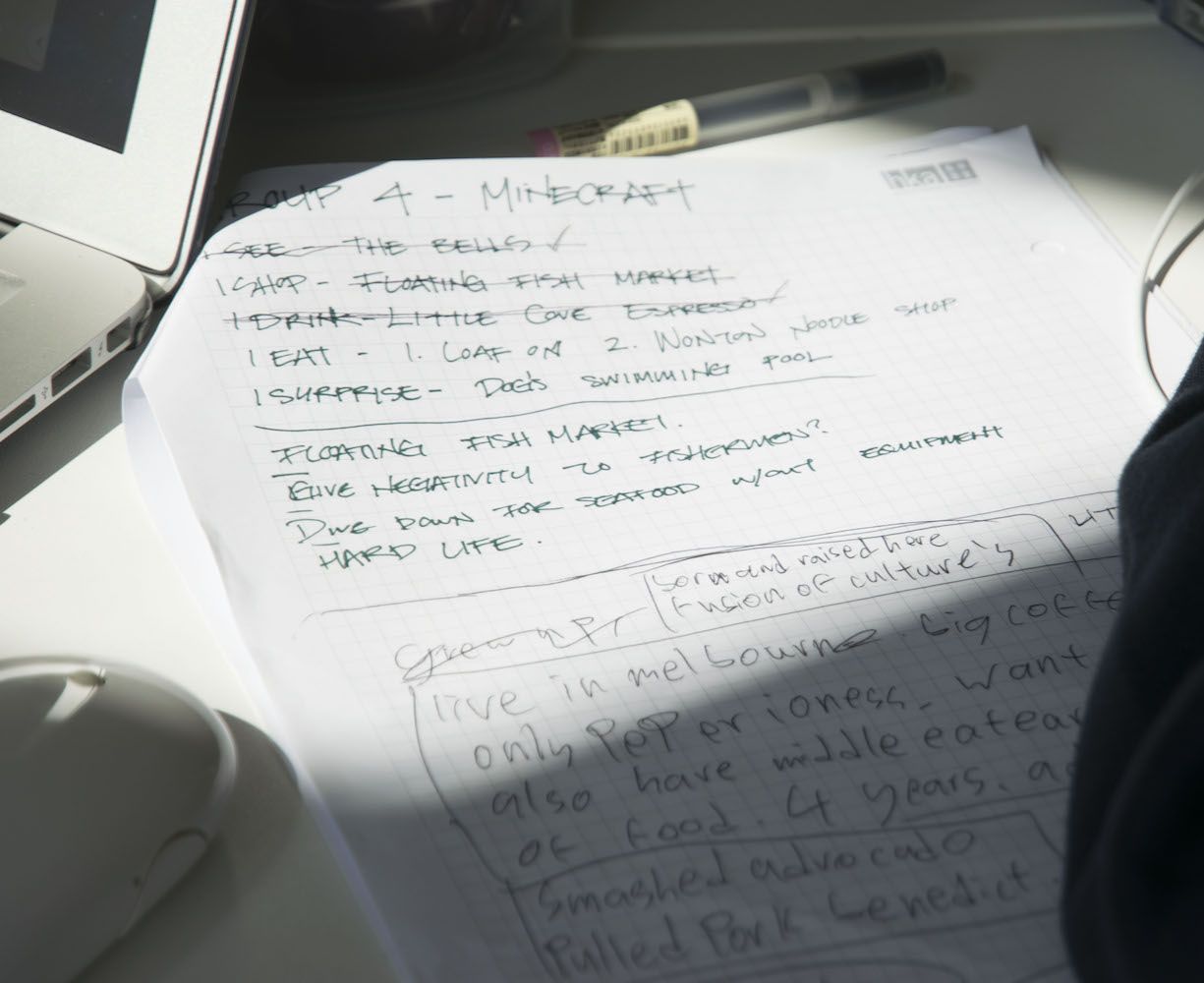
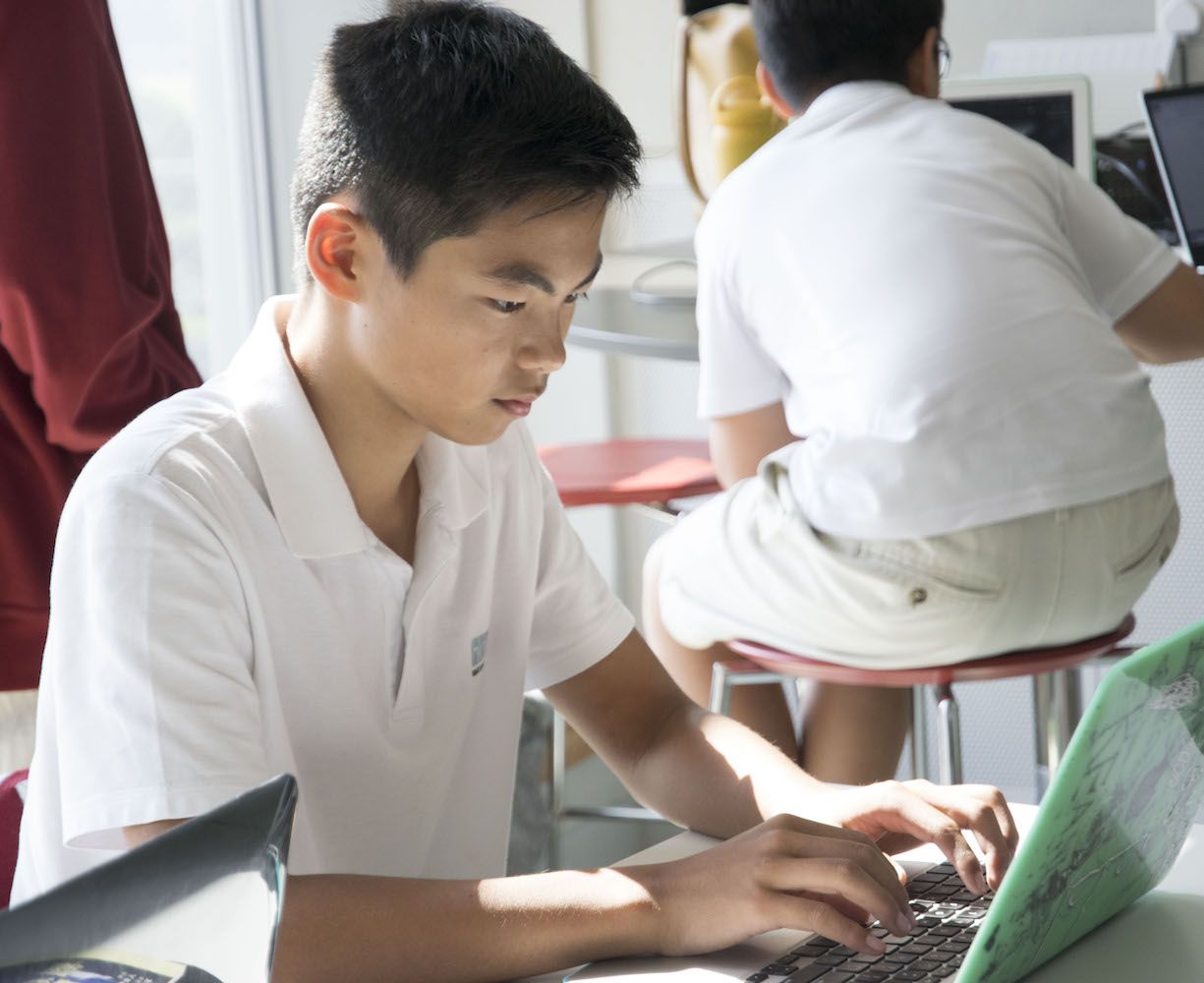
In this step, the teams synthesized content through writing, drawing and photo editing. At iDiscover they celebrate unity through diversity. Every app&map product reflects the character of the place and the team that has created it. Students were encouraged to create a style of writing and graphic design that reflects their own personalities. For each of the 25 sites they wrote a short narrative with matching visuals and one team was responsible for designing an illustrated map for the whole area. It really helped to have a language & literature teacher as part of the team and the group was also lucky to be mentored by HKA parent and graphic designer, Kirsten Ackland, who helped the students bring their vision to life.
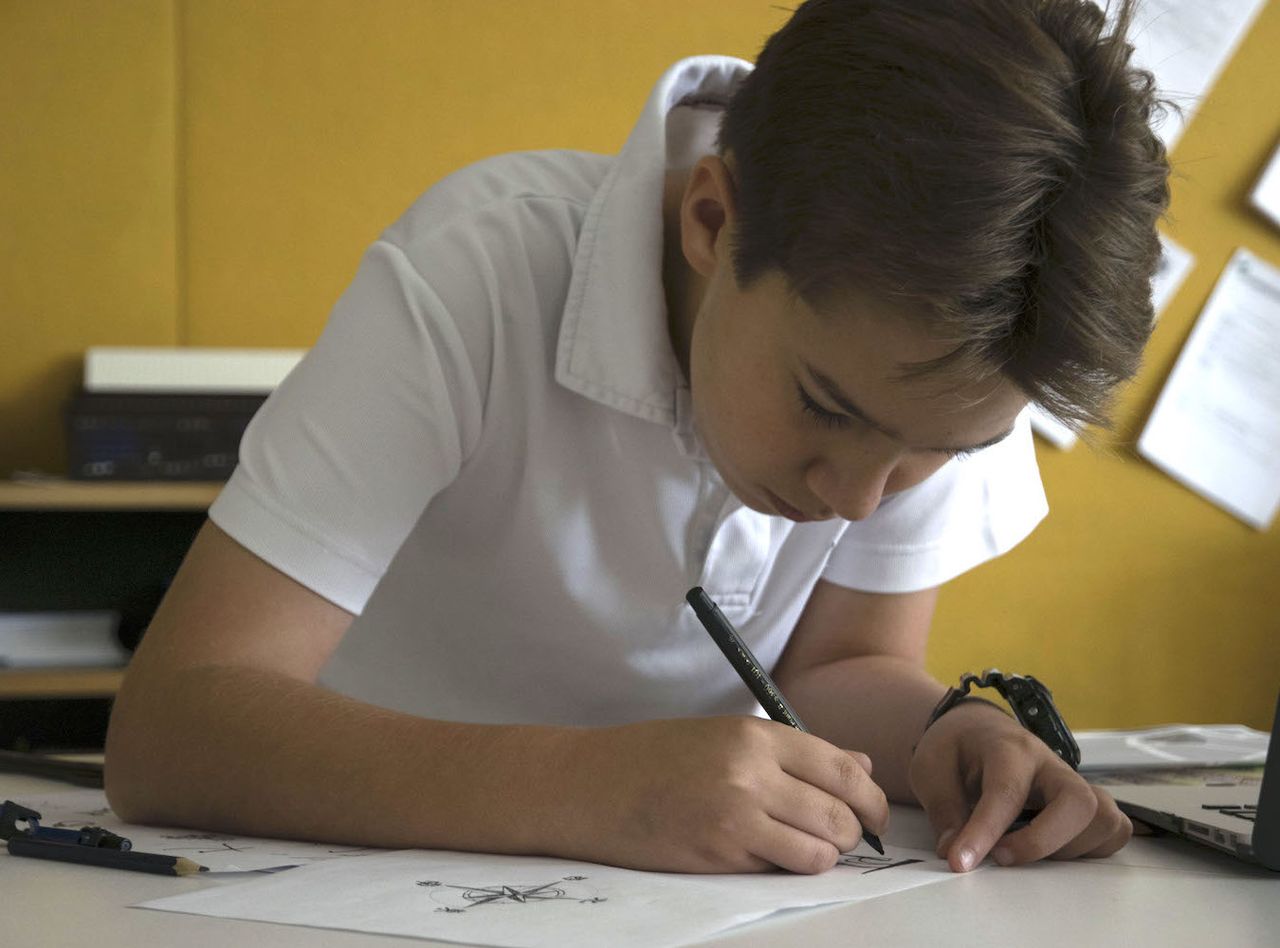
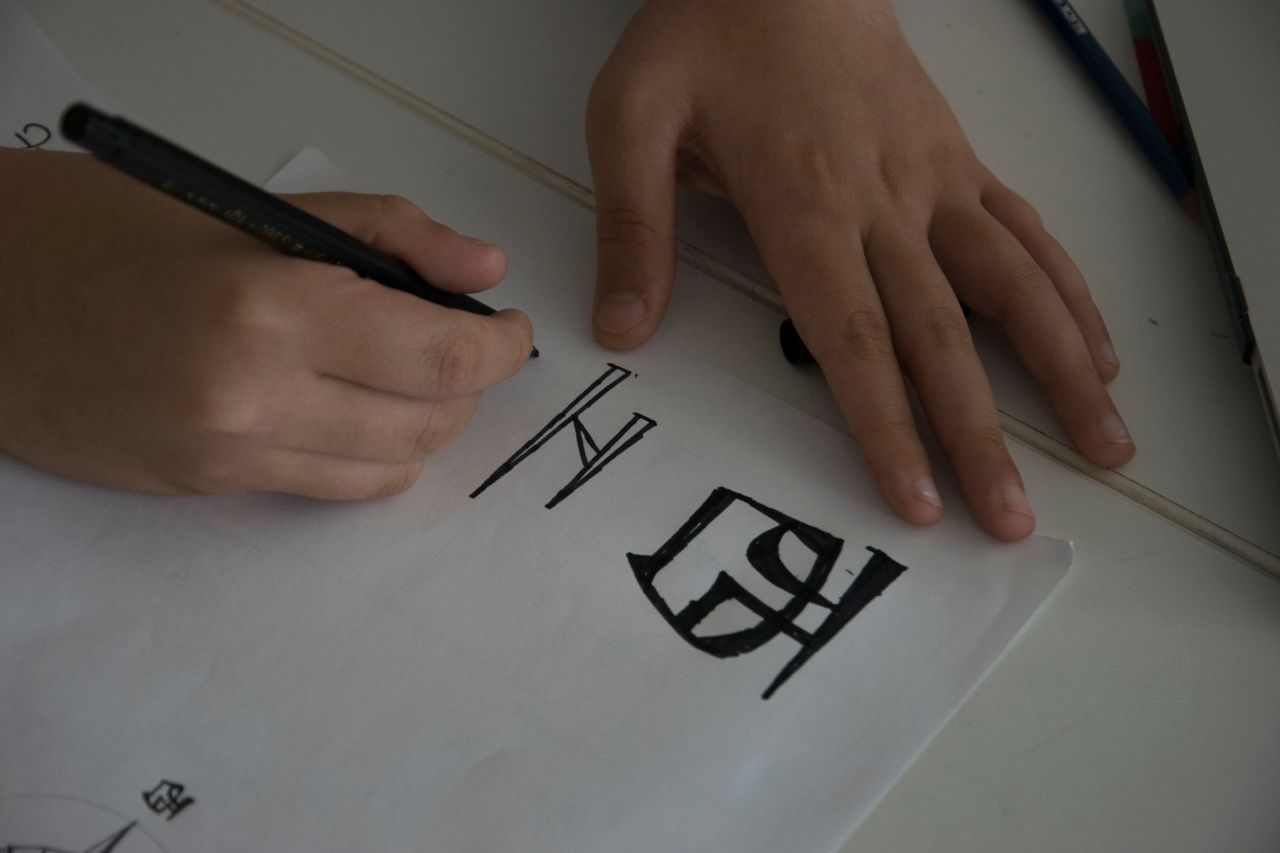

5. SHARE . In the Community
This step was the highlight! The team proudly shared their work at a pop-up exhibition during the HKAFlow Celebration of Learning. An opportunity to share their creative journey with fellow students, teachers, parents and of course members of the Sai Kung community. The students also invited the people that they interviewed, their way of bringing back the stories to the neigbourhood. The iDiscover Sai Kung project was also featured in a Hong Kong Business of Design Week event where the student team presented alongside some of the city's leading sustainable development professionals.
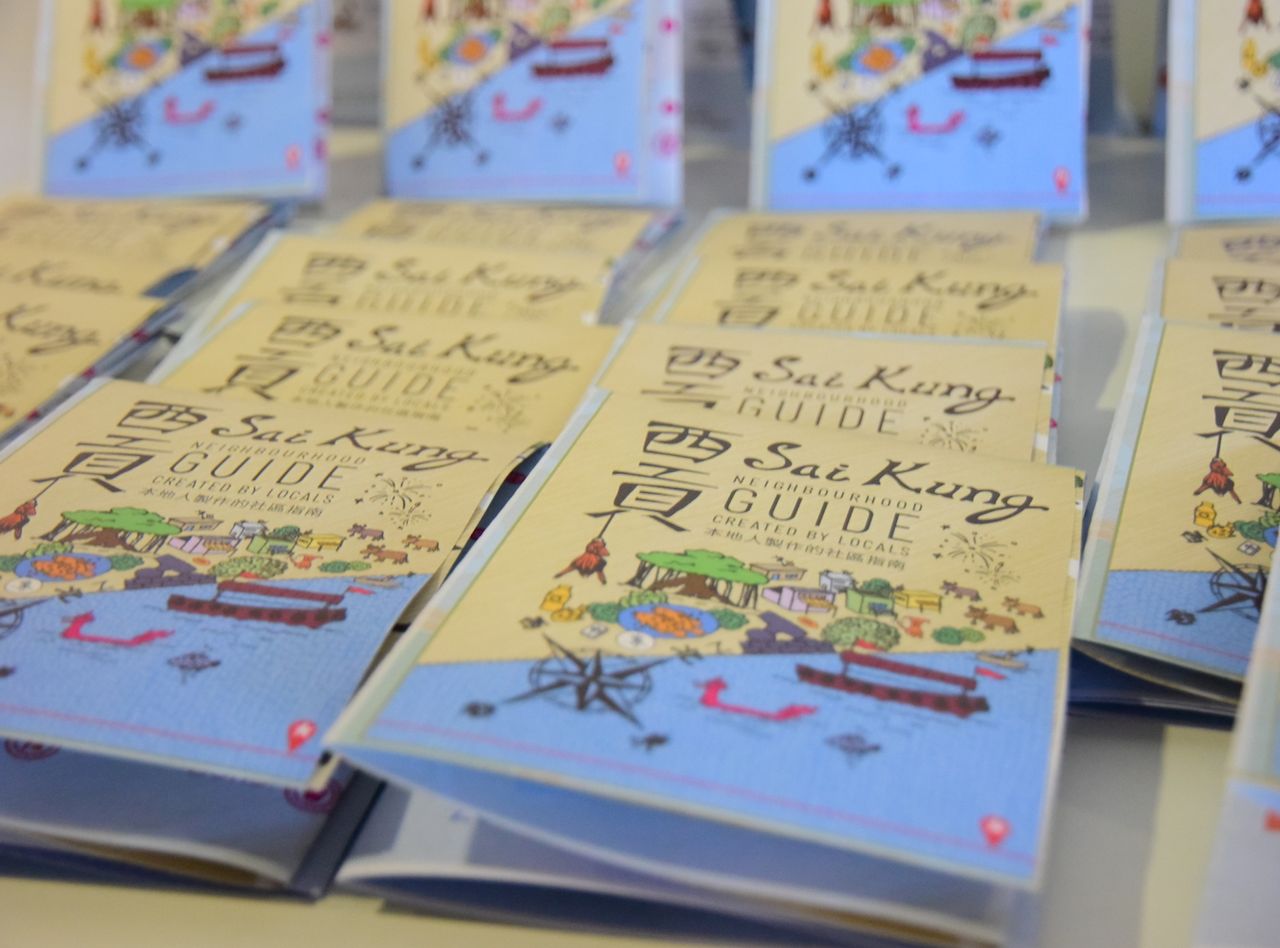
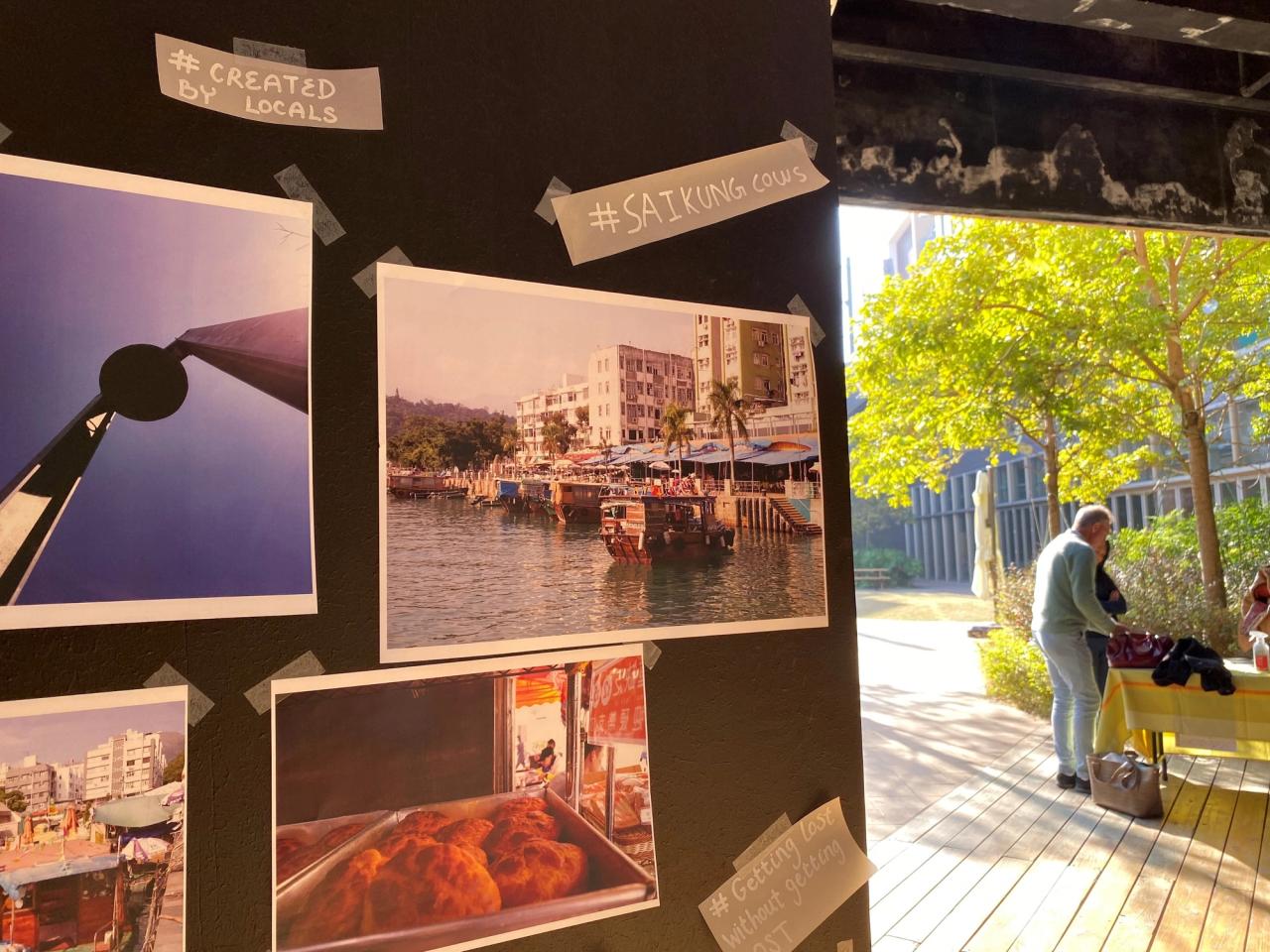
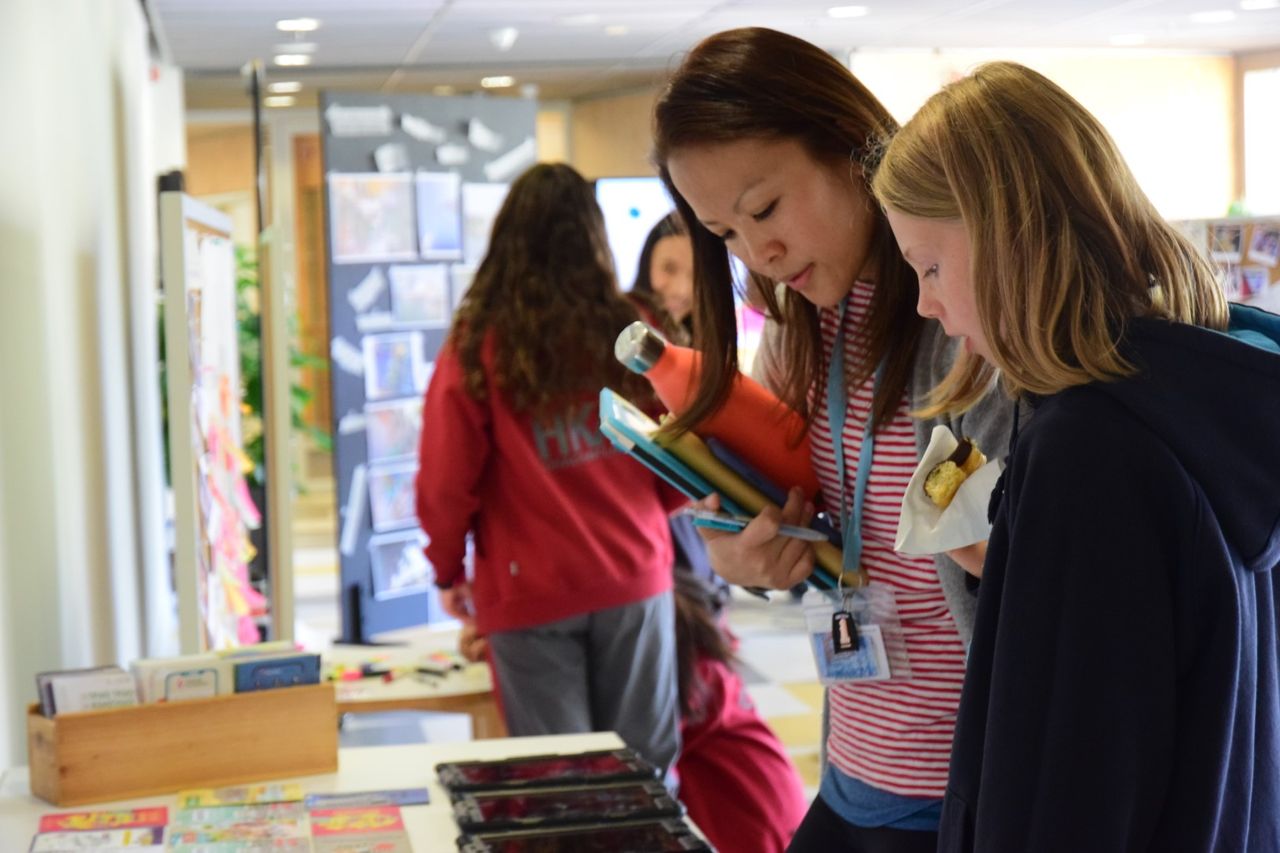
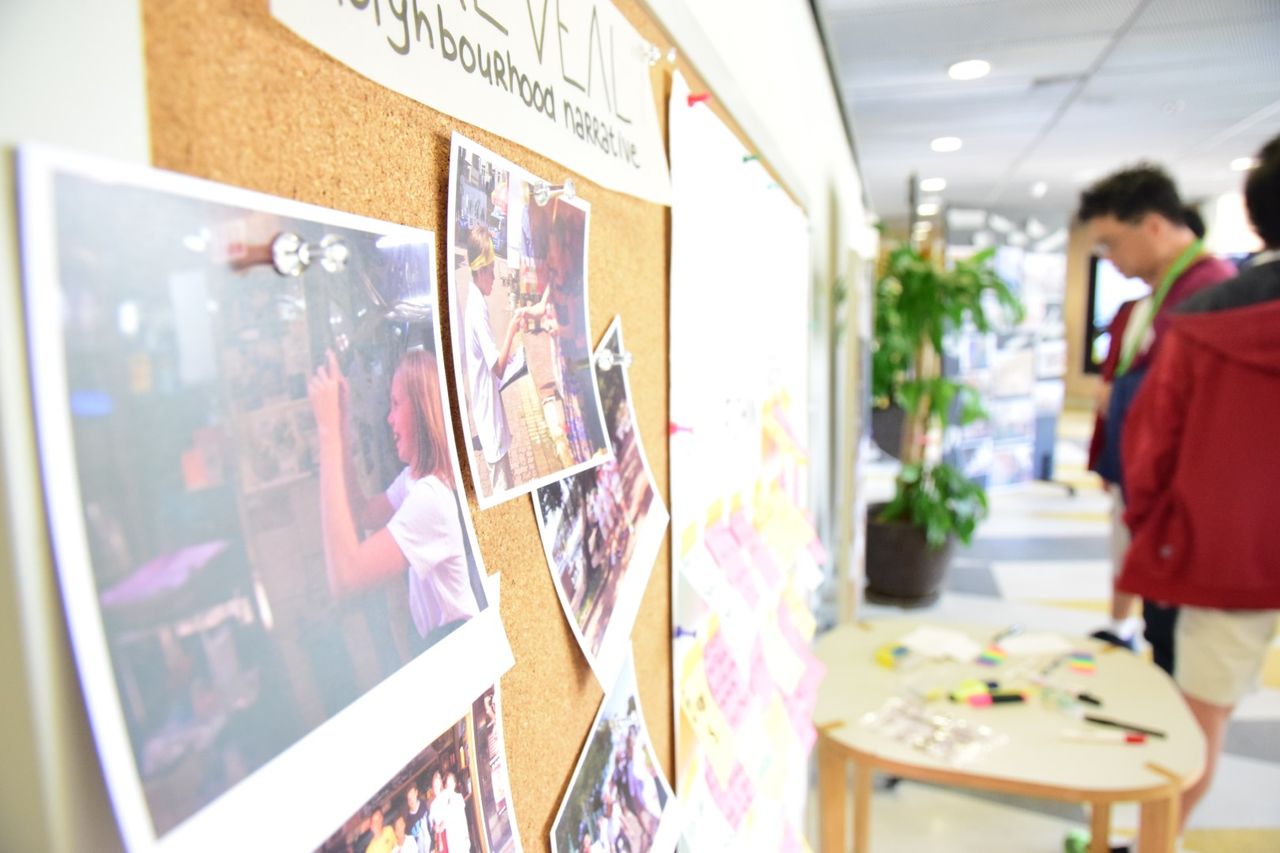
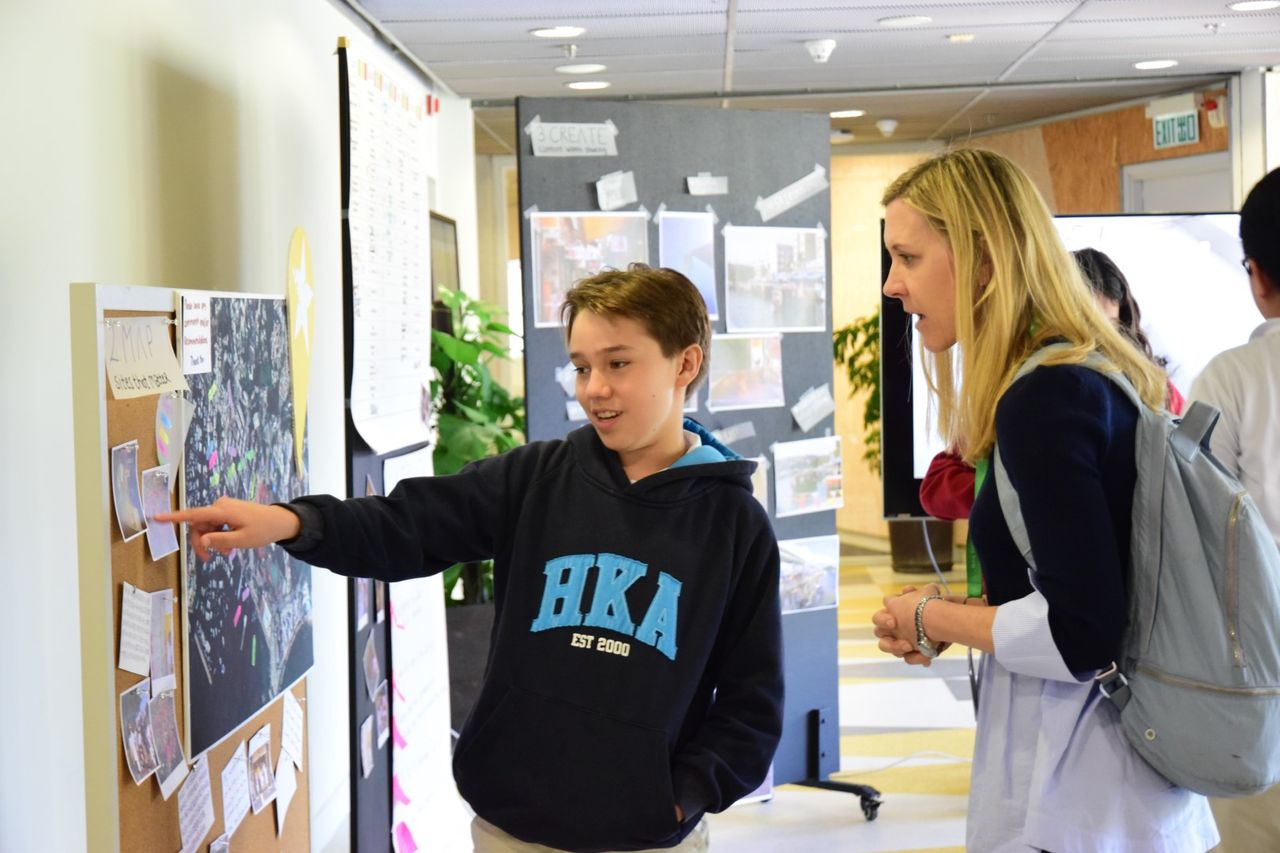
6. CONNECT . To International Urban Explorers
Definitely one of the reasons why I picked this class was because we got to make an app.

As the final step of the project, the student content was uploaded to the iDiscover website, making it available as a free 1-hour walking itinerary that highlights the best of Sai Kung old town, the best local eateries, chill-out spots at the waterfront and little-known facts about the charming historic fishing village.
It was nice to see them grow so much during the process, increase their confidence and get out of their shell.

This mapping and storytelling project was a pilot collaboration between Hong Kong Academy and iDiscover Academy and will be built upon in the coming years by exploring new narratives and adding layers by new cohorts of HKA students. The neighbourhood will keep on changing but the unique spirit of place will always be there. The school continues to use the map to introduce new students and their families to the neighbourhood and when sports and art events bring outside visitors to the school.
This short clip shows some highlights of the process.
